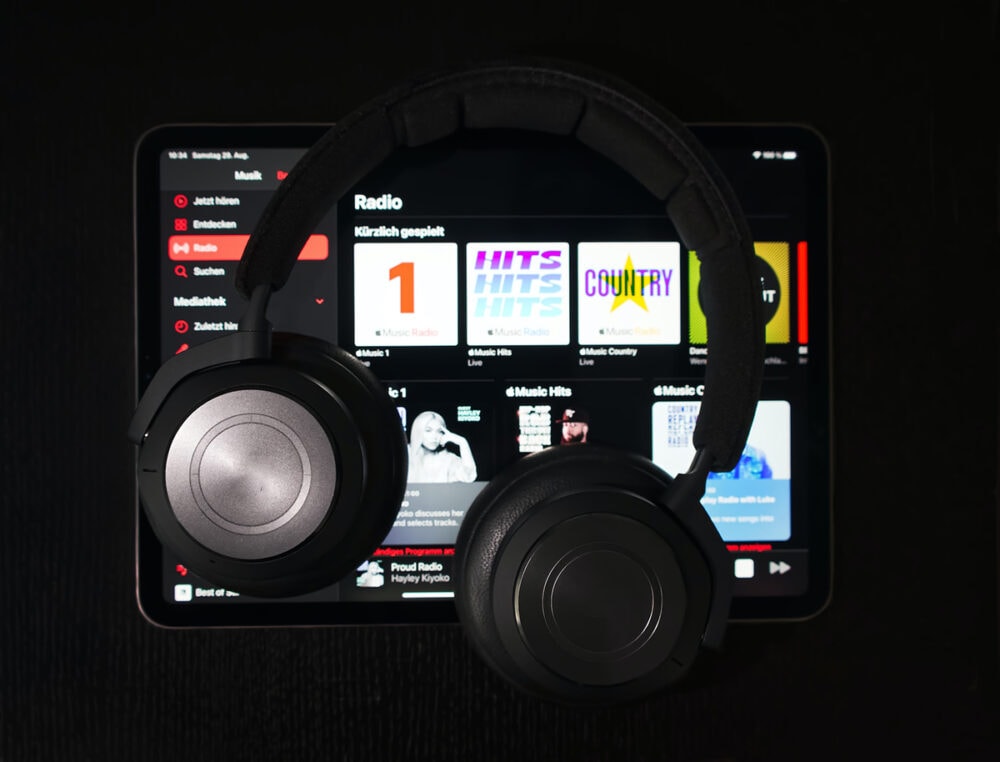Social media only suitable for young people as an information channel in the crisis
German-speaking Swiss young people used Instagram to a similar extent as radio, TV or newspapers during the Corona crisis. For all other groups, social media played a clearly subordinate role during the first days of the lockdown.

This is the result of a study by the Institute of Communication Science and Media Research (IKMZ) at the University of Zurich, which was supported by the Federal Office of Communications (Bakom) and published on Tuesday. It examined the information and communication behavior of the German-speaking Swiss population between March 19 and 24.
The online survey of around 1,000 people comes to the conclusion: Only for the younger participants aged 16 to 29 did social media represent an important information and communication channel. For this age group, Instagram was about as important as printed newspapers and magazines, foreign TV stations, regional TV stations and private local radio stations.
Important personal conversations
The other age groups attributed particularly great relevance to the information provided by the federal government and the stations of Swiss television during the Corona crisis. Personal conversations, short messages or telephone or video calls also played a significant role.
In contrast, a majority considered social media such as Twitter, Facebook and Instagram to be of little relevance. According to the study authors, classic news media play a stronger role for older people than for younger people, and the reverse is true for social media.
Corona theme oversupply
At the beginning of the lockdown, the German-speaking Swiss population felt well to very well informed about the Corona crisis and what it meant for them and their everyday lives, as the study further shows. Trust in public institutions was very high.
The content of the media offerings was also examined. According to the survey, a majority of the German-speaking population of Switzerland thought that the Corona crisis was covered too much. This assessment was particularly pronounced among younger people. The over-60s, on the other hand, were particularly critical of the downplaying tone in the social media.
Catching up on critical discourse
According to the study authors, the results show "that Switzerland has a well-functioning communications infrastructure to reach the general population in a crisis situation and inform them about the most important measures."
The type of reporting was not the subject of the study. However, it is obvious that the dominance of the direct information offerings of the federal government and the special role of the SRG in terms of critical reporting "harbor certain risks," the study concludes.
However, these were hardly avoidable in this crisis. A critical discourse on content must now be made up for "in order to justify the trust of the population and legitimize the room for maneuver for future crises. (SDA)








